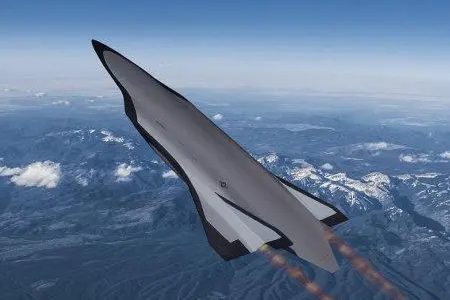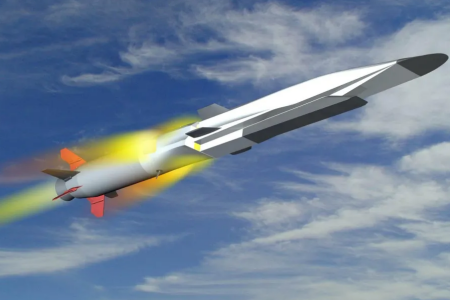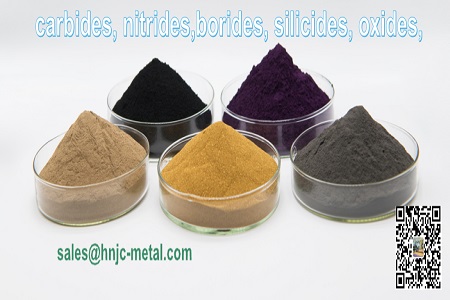The development status and future direction of 3D printing materials!
3D printing is an additive manufacturing method. Compared with the traditional machining "subtractive manufacturing" technology, 3D printing is a technological revolution in the manufacturing field, showing the vitality and potential of personalized creation in the new era. 3D printing technology originated in the United States. The emergence of this new technology not only gave innovative subjects a new perspective, but also attracted great attention from the public. 3D printing technology was gradually promoted at the end of the 20th century, and it is also known as one of the important symbols of the third industrial revolution. This technology can be applied to production and processing, construction engineering and other fields. The use of this technology to manufacture materials does not need to process molds and large-scale machinery and equipment, or even produce in large-scale factories. 3D printing technology will change the direction of social development and will Greatly enrich the way of life of human society.
Materials are the key to 3D printing technology. The preparation technology of 3D printing materials, the equipment structure of the production materials, and the specific properties of the materials are all related to the materials. Materials not only determine the application trend of 3D printing, but also determine the development direction of 3D printing. At present, 3D printing materials include polymers, metals, ceramics, etc., and some emerging materials have also appeared in recent years.
1 Polymer material
Polymer materials have good strength, high toughness, and low cost. They have long been the star materials of 3D printing and have been used in various fields. Polymer materials mainly include plastic materials and photosensitive resin materials.
2 Ceramic material
Ceramic materials have large-scale applications in industrial production, aerospace and biopharmaceuticals, medical equipment and other fields. Ceramic materials have special physical and chemical properties, as well as mechanical properties, which make them easy to apply in the field of 3D printing. In recent years, there have been more and more commercial applications of ceramic materials. Specifically, ceramic materials have high mechanical strength, compression and wear resistance, high hardness, high temperature and melting resistance, poor electrical conductivity, and poor thermal conductivity, and are good 3D printing materials. However, the cost of ceramic materials is high, the processing process is long, and the preparation cost is high, which to a certain extent hinders the application of ceramic materials in the commercial field. Therefore, the emergence of 3D printing technology can save the production cycle of ceramic materials, thereby reducing production costs, which is conducive to the large-scale development of ceramic materials in the industry. However, compared with polymer materials, the research and application of ceramic 3D printing materials are still in a weak position.
3 metallic material
In recent years, the demand for 3D printing materials in the industry has become more and more obvious. The development of 3D printing technology has enabled 3D printing materials to be used in the processing of some complex products. The products printed with metal materials through 3D printing technology have continuously increased related research and have a wide range of applications, such as national defense, aviation and other fields. Products printed with metal materials through 3D printing technology can also be used in the production of metal parts with complex structures and expensive materials. Because 3D printing technology can compress the cost of material manufacturing, shorten the material cycle, improve manufacturing efficiency, and optimize product quality. The metal used in the preparation of 3D printing has higher requirements, requiring metal powder with higher purity and sphericity, narrow particle size distribution and lower oxygen content. At present, the most popular metal materials in the industry mainly include titanium alloys, high-temperature alloys, stainless steel and aluminum alloy materials. In addition, there are precious metal powder materials such as gold and silver used for printing jewelry.
3.1 Titanium alloy
The physical and chemical properties of titanium alloys are very suitable for applications in the field of 3D printing technology. Titanium alloy has high strength, corrosion resistance and heat resistance, and can be used in the production of various structural parts of aircraft engines, rockets and missiles. The Wang Huaming team of Beijing University of Aeronautics and Astronautics, using titanium alloy as a material, obtained the "large and complex integral component of aircraft titanium alloy" through 3D printing technology. This is the largest structural component it can produce for 3D printing technology so far, and it has been applied in the industry. This technology won the first prize of the National Technology Invention Award in 2013. It is worth mentioning that in 2017, my country's civil aircraft C919 large aircraft with completely independent intellectual property rights, the main load-bearing part of its wing structure, the central flange strip of the wing, is also the result of 3D printing technology. The aircraft was developed in accordance with the latest international airworthiness standards, and was applied to the fuselage by the team of Professor Huang Weidong of Northwestern Polytechnical University through the use of titanium alloy 3D printing materials.
3.2 High temperature alloy
Superalloy materials are also metal materials that are in high demand in the industry. High-temperature alloy materials have the advantages of high mechanical strength and stable chemical properties. However, the high-temperature alloy materials prepared by traditional methods have high preparation costs, are difficult to form, and require high preparation methods. In the aviation industry, superalloy materials are the main 3D printing materials used. Researchers in the United States have fabricated an I N718 nickel-based superalloy rotor through 3D printing technology. It is worth mentioning that stainless steel is known as the “king of the price-performance ratio in the superalloy family”. The products obtained through 3D printing technology using stainless steel materials as raw materials have high strength and are suitable for industrial applications. However, this material is often used for printing functional structural parts due to its rough surface. Due to its light weight and high strength, magnesium aluminum alloy has also been used in the field of 3D printing materials in recent years. Due to its light weight, magnesium aluminum alloy is in high demand in the production of lightweight manufacturing. Japan's Canon's top SLR camera, the curved top cover on the shell is obtained by using 3D printing technology.
4 Bionic 3D printing materials
Most of the current biological materials are composed of inorganic-organic composite materials. By rationally using the microstructure of biological materials and combining materials with different properties, the application of materials in the biological field can be realized. The structure formed by biological materials has multiple levels and complexity. The materials obtained through 3D printing technology can be used to simulate biological materials. The 3D printing technology for preparing biological materials can print two or more different types of materials at the same time. The 3D printing technology of biological materials can realize the printing of biological scaffolds, cell printing, living cells, and polymer drug growth factors, and realize the 3D printing technology of specific locations. Today's more cutting-edge 3D printing technology can print biological tissues and organs, such as the bioprinted bones mentioned above. The product obtained by this method can be used to treat body damage. Jet material extrusion and light curing molding are currently more popular 3D printing technologies for living cells. In addition, it is necessary to conduct a rationalized simulation study on the structure of biological tissues, so as to improve the accuracy and reliability of the application of biological materials.
The development direction of 3D printing materials
Today, more than 300 materials suitable for 3D printing have come out. The application prospects of 3D printing still depend on the research and development of 3D printing materials and their market promotion. In my country, the relatively popular 3D printing equipment on the market is desktop printers. However, compared with foreign countries, the scientific research level of 3D printing materials in my country is still in its infancy and there is a lot of room for development.Therefore, in the modern society where 3D printing technology is becoming more and more popular, experts and scholars pay more and more attention to how to reduce the cost of 3D printing and develop more economical and practical 3D printing materials and equipment. It can be seen from the reaction of the market that the requirements of human production and life for 3D printing technology are to improve the mechanical properties and processability of 3D printed products, facilitate product molding, and improve molding accuracy and molding details. In addition, the performance requirements of 3D printing products in terms of corrosion resistance, wear resistance, and heat resistance are becoming more and more stringent.
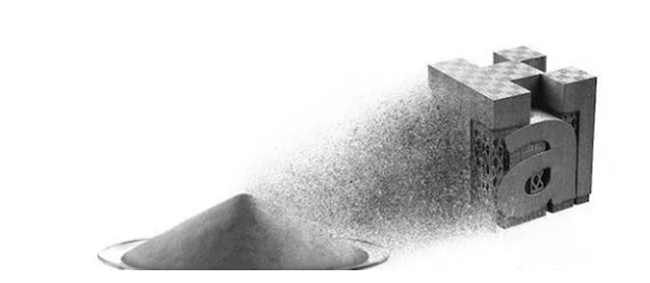
.png)
Hunan Huawei Jingcheng Material Technology Co., Ltd., manufacturer of carbides, borides, nitrides, oxides, silicides, including the metal powders for for 3D printing,eg:
Spherical tantalum powder(Ta)
Spherical tungsten powder (W)
Sphercial molybdenum powder(Mo)
the products performance characteristics:
1. High purity, no impurity phase detected by XRD, low content of metal impurity elements detected by GDMS/ICP;
2. Concentrated particle size distribution, good sphericity, good fluidity, no tube blocking, good quality of 3D printing and thermal spraying.
Materials are the key to 3D printing technology. The preparation technology of 3D printing materials, the equipment structure of the production materials, and the specific properties of the materials are all related to the materials. Materials not only determine the application trend of 3D printing, but also determine the development direction of 3D printing. At present, 3D printing materials include polymers, metals, ceramics, etc., and some emerging materials have also appeared in recent years.
1 Polymer material
Polymer materials have good strength, high toughness, and low cost. They have long been the star materials of 3D printing and have been used in various fields. Polymer materials mainly include plastic materials and photosensitive resin materials.
2 Ceramic material
Ceramic materials have large-scale applications in industrial production, aerospace and biopharmaceuticals, medical equipment and other fields. Ceramic materials have special physical and chemical properties, as well as mechanical properties, which make them easy to apply in the field of 3D printing. In recent years, there have been more and more commercial applications of ceramic materials. Specifically, ceramic materials have high mechanical strength, compression and wear resistance, high hardness, high temperature and melting resistance, poor electrical conductivity, and poor thermal conductivity, and are good 3D printing materials. However, the cost of ceramic materials is high, the processing process is long, and the preparation cost is high, which to a certain extent hinders the application of ceramic materials in the commercial field. Therefore, the emergence of 3D printing technology can save the production cycle of ceramic materials, thereby reducing production costs, which is conducive to the large-scale development of ceramic materials in the industry. However, compared with polymer materials, the research and application of ceramic 3D printing materials are still in a weak position.
3 metallic material
In recent years, the demand for 3D printing materials in the industry has become more and more obvious. The development of 3D printing technology has enabled 3D printing materials to be used in the processing of some complex products. The products printed with metal materials through 3D printing technology have continuously increased related research and have a wide range of applications, such as national defense, aviation and other fields. Products printed with metal materials through 3D printing technology can also be used in the production of metal parts with complex structures and expensive materials. Because 3D printing technology can compress the cost of material manufacturing, shorten the material cycle, improve manufacturing efficiency, and optimize product quality. The metal used in the preparation of 3D printing has higher requirements, requiring metal powder with higher purity and sphericity, narrow particle size distribution and lower oxygen content. At present, the most popular metal materials in the industry mainly include titanium alloys, high-temperature alloys, stainless steel and aluminum alloy materials. In addition, there are precious metal powder materials such as gold and silver used for printing jewelry.
3.1 Titanium alloy
The physical and chemical properties of titanium alloys are very suitable for applications in the field of 3D printing technology. Titanium alloy has high strength, corrosion resistance and heat resistance, and can be used in the production of various structural parts of aircraft engines, rockets and missiles. The Wang Huaming team of Beijing University of Aeronautics and Astronautics, using titanium alloy as a material, obtained the "large and complex integral component of aircraft titanium alloy" through 3D printing technology. This is the largest structural component it can produce for 3D printing technology so far, and it has been applied in the industry. This technology won the first prize of the National Technology Invention Award in 2013. It is worth mentioning that in 2017, my country's civil aircraft C919 large aircraft with completely independent intellectual property rights, the main load-bearing part of its wing structure, the central flange strip of the wing, is also the result of 3D printing technology. The aircraft was developed in accordance with the latest international airworthiness standards, and was applied to the fuselage by the team of Professor Huang Weidong of Northwestern Polytechnical University through the use of titanium alloy 3D printing materials.
3.2 High temperature alloy
Superalloy materials are also metal materials that are in high demand in the industry. High-temperature alloy materials have the advantages of high mechanical strength and stable chemical properties. However, the high-temperature alloy materials prepared by traditional methods have high preparation costs, are difficult to form, and require high preparation methods. In the aviation industry, superalloy materials are the main 3D printing materials used. Researchers in the United States have fabricated an I N718 nickel-based superalloy rotor through 3D printing technology. It is worth mentioning that stainless steel is known as the “king of the price-performance ratio in the superalloy family”. The products obtained through 3D printing technology using stainless steel materials as raw materials have high strength and are suitable for industrial applications. However, this material is often used for printing functional structural parts due to its rough surface. Due to its light weight and high strength, magnesium aluminum alloy has also been used in the field of 3D printing materials in recent years. Due to its light weight, magnesium aluminum alloy is in high demand in the production of lightweight manufacturing. Japan's Canon's top SLR camera, the curved top cover on the shell is obtained by using 3D printing technology.
4 Bionic 3D printing materials
Most of the current biological materials are composed of inorganic-organic composite materials. By rationally using the microstructure of biological materials and combining materials with different properties, the application of materials in the biological field can be realized. The structure formed by biological materials has multiple levels and complexity. The materials obtained through 3D printing technology can be used to simulate biological materials. The 3D printing technology for preparing biological materials can print two or more different types of materials at the same time. The 3D printing technology of biological materials can realize the printing of biological scaffolds, cell printing, living cells, and polymer drug growth factors, and realize the 3D printing technology of specific locations. Today's more cutting-edge 3D printing technology can print biological tissues and organs, such as the bioprinted bones mentioned above. The product obtained by this method can be used to treat body damage. Jet material extrusion and light curing molding are currently more popular 3D printing technologies for living cells. In addition, it is necessary to conduct a rationalized simulation study on the structure of biological tissues, so as to improve the accuracy and reliability of the application of biological materials.
The development direction of 3D printing materials
Today, more than 300 materials suitable for 3D printing have come out. The application prospects of 3D printing still depend on the research and development of 3D printing materials and their market promotion. In my country, the relatively popular 3D printing equipment on the market is desktop printers. However, compared with foreign countries, the scientific research level of 3D printing materials in my country is still in its infancy and there is a lot of room for development.Therefore, in the modern society where 3D printing technology is becoming more and more popular, experts and scholars pay more and more attention to how to reduce the cost of 3D printing and develop more economical and practical 3D printing materials and equipment. It can be seen from the reaction of the market that the requirements of human production and life for 3D printing technology are to improve the mechanical properties and processability of 3D printed products, facilitate product molding, and improve molding accuracy and molding details. In addition, the performance requirements of 3D printing products in terms of corrosion resistance, wear resistance, and heat resistance are becoming more and more stringent.

.png)
Hunan Huawei Jingcheng Material Technology Co., Ltd., manufacturer of carbides, borides, nitrides, oxides, silicides, including the metal powders for for 3D printing,eg:
Spherical tantalum powder(Ta)
Spherical tungsten powder (W)
Sphercial molybdenum powder(Mo)
the products performance characteristics:
1. High purity, no impurity phase detected by XRD, low content of metal impurity elements detected by GDMS/ICP;
2. Concentrated particle size distribution, good sphericity, good fluidity, no tube blocking, good quality of 3D printing and thermal spraying.

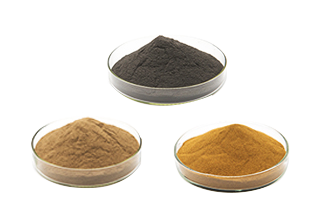
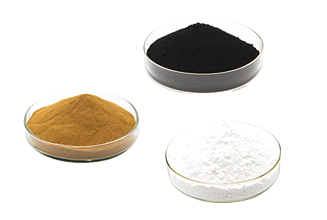
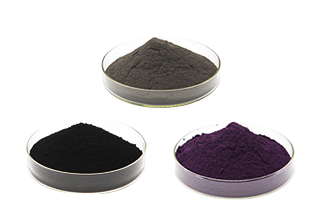
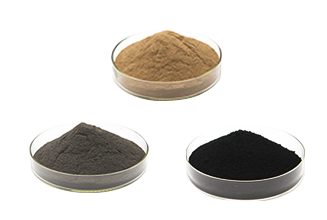
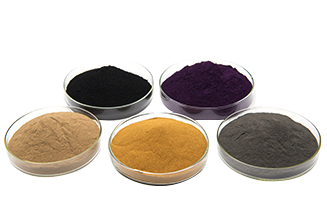
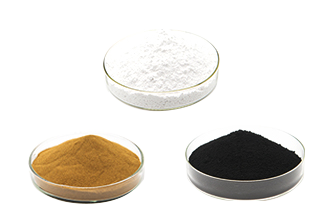
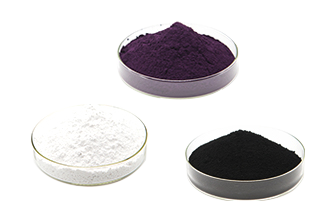



.png)
